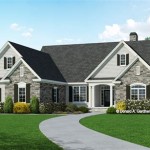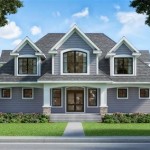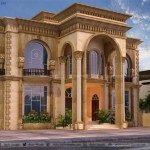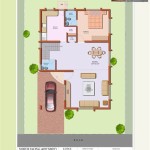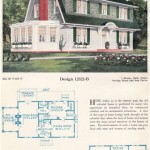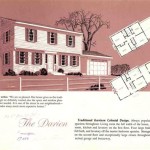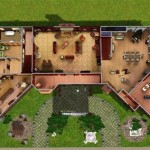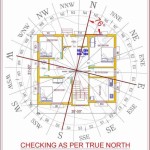Southern Low Country House Plans
Southern Low Country house plans evoke a sense of timeless elegance and practicality born from the unique climate and cultural heritage of the coastal regions of South Carolina, Georgia, and parts of North Carolina. These homes are designed to withstand the heat, humidity, and occasional storms while embracing the natural beauty of the surrounding landscape.
Key Features of Low Country House Plans:
Several architectural elements distinguish Low Country homes, creating their signature charm and functionality. These include raised foundations, broad verandas or porches, large windows, and steeply pitched roofs.
Raised Foundations:
Historically, raising the house provided protection from flooding and improved ventilation in the humid climate. Modern Low Country homes often continue this tradition, creating a distinctive look and offering space for parking or storage underneath.
Expansive Porches and Verandas:
Porches and verandas are integral to the Low Country lifestyle. They provide shaded outdoor living spaces where residents can relax and enjoy the gentle breezes, socialize, and escape the summer heat. These outdoor areas often wrap around multiple sides of the house, maximizing opportunities for enjoying the surrounding views.
Large Windows and Doors:
Large windows and doors allow for ample natural light and cross-ventilation, crucial for comfort in a warm, humid environment. They also blur the lines between indoor and outdoor living, further emphasizing the connection to nature.
Steeply Pitched Roofs:
Traditionally, steeply pitched roofs aided in shedding heavy rainfall and provided attic space for ventilation. Today, these roofs contribute to the classic Low Country aesthetic, often featuring dormers and gables that add visual interest.
Materials and Construction:
Traditional Low Country homes often utilized locally sourced materials such as cypress, heart pine, and brick. Modern interpretations may incorporate these alongside other durable materials suited to the coastal environment.
Weather Resistance:
Built to withstand the challenges of coastal living, Low Country homes are designed with resilience in mind. Features such as hurricane straps, impact-resistant windows, and elevated construction help protect against strong winds and storm surges.
Adaptability and Modern Interpretations:
While rooted in tradition, Low Country house plans have evolved to incorporate modern amenities and design preferences. Open floor plans, spacious kitchens, and luxurious master suites are often integrated seamlessly with the classic Low Country architectural elements.
Variations within Low Country Styles:
The Low Country style encompasses a range of influences, resulting in variations within the overall aesthetic. These variations can be subtle or more distinct, depending on regional influences and individual preferences.
Charleston Style:
Charleston style homes often feature intricate ironwork, colorful facades, and walled gardens, reflecting the city's rich history and architectural heritage.
Georgia Low Country:
Georgia Low Country homes may incorporate tabby construction, a historic building technique using oyster shells and lime, resulting in a unique and textured appearance.
Choosing the Right Low Country Plan:
Selecting a Low Country house plan requires careful consideration of various factors, including lot size, lifestyle, and budget.
Lot Size and Orientation:
The size and orientation of the lot will influence the placement and design of the house. A narrow lot may necessitate a more vertical design, while a larger lot offers greater flexibility.
Lifestyle Considerations:
Consider how the house will be used. Do you frequently entertain? Do you need a home office or guest suite? These factors will inform the layout and features of the plan.
Budgetary Constraints:
Establishing a realistic budget is crucial before selecting a house plan. The size and complexity of the design, as well as the chosen materials, will significantly impact the overall cost.
Working with an Architect:
Collaborating with an experienced architect specializing in Low Country design can ensure that the final plan meets your specific needs and reflects the authentic character of the style.
Customizing the Plan:
Most Low Country house plans can be customized to accommodate individual preferences and site conditions. Modifications may include adjusting the size of rooms, adding or removing features, and altering the exterior facade.
Benefits of Low Country Living:
Low Country living offers a unique blend of charm, history, and natural beauty.
Connection to Nature:
The emphasis on outdoor living spaces fosters a strong connection to the surrounding environment, allowing residents to enjoy the region's abundant natural beauty.
Sense of Community:
Low Country communities often prioritize a relaxed and welcoming atmosphere, fostering a strong sense of community and belonging.
Rich Cultural Heritage:
Steeped in history and tradition, the Low Country offers a rich cultural heritage that is reflected in its architecture, cuisine, and lifestyle.

Low Country Architecture Beach House Plans From Home Designs

Lowcountry Style Country Cottage House Plans

11 Raised Low Country Ideas House Plans Design Southern

Lowcountry Farmhouse Craftsman House Plans Southern Cottage

Low Country Architecture Beach House Plans From Home Designs

Low Country Cottage Style Home With Southern Charm At Its Finest Living House Plans Homes

Lowcountry Farmhouse House Plan Country Cottage Plans Southern Living
We Re Loving This Lowcountry Farmhouse House Plan

Low Country Home With Hip Roof Homes Southern House Plans Decor

